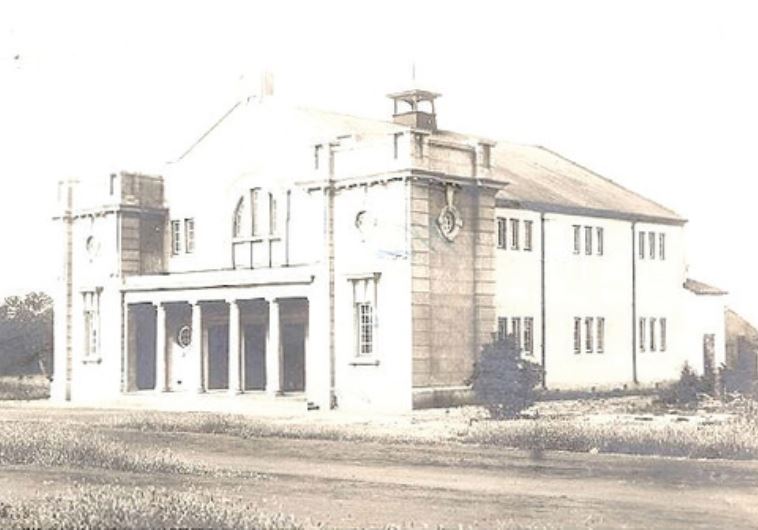A cemetery in Zimbabwe
Among my family’s many legends is one that ends in a cemetery in the heart of Africa.
 A newspaper clipping showing a synagogue in Salisbury (today Harare), Rhodesia, today Zimbabwe(photo credit: COURTESY ZIMBABWE JEWISH COMMUNITY/ WWW.ZJC.ORG.IL)Updated: Read More
A newspaper clipping showing a synagogue in Salisbury (today Harare), Rhodesia, today Zimbabwe(photo credit: COURTESY ZIMBABWE JEWISH COMMUNITY/ WWW.ZJC.ORG.IL)Updated: Read More